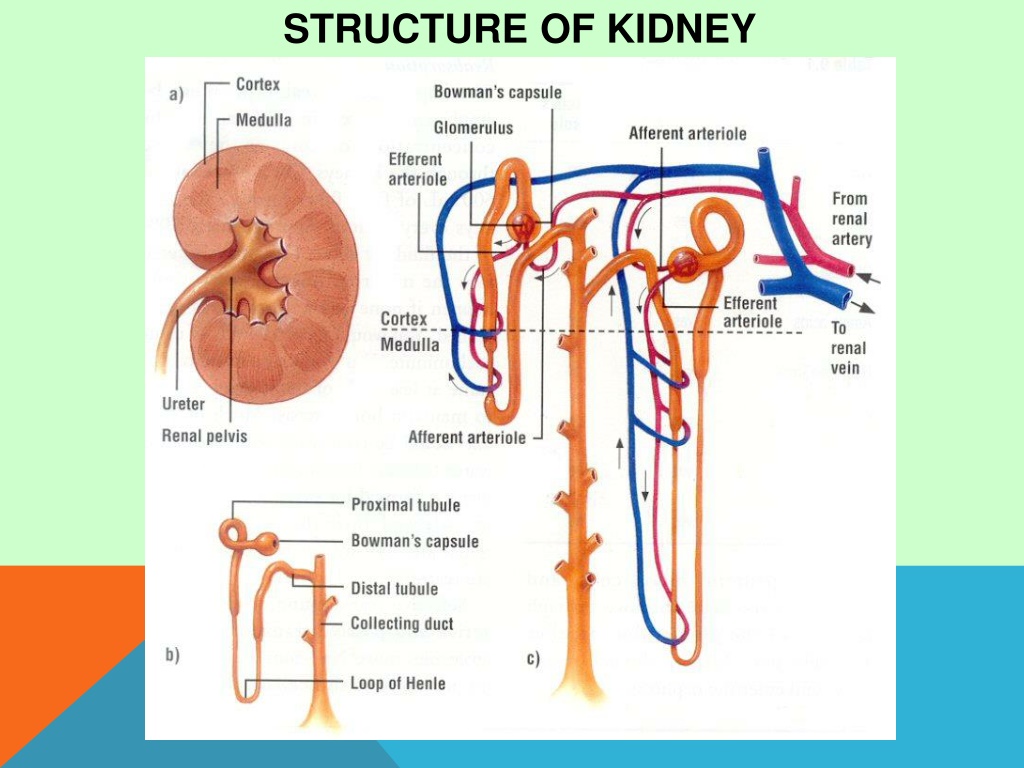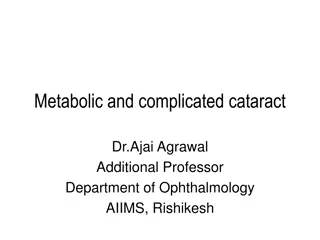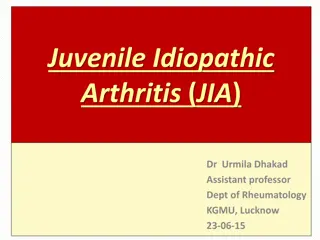Understanding Nephritis: Causes, Symptoms, and Subtypes
Nephritis is a serious medical condition characterized by inflammation of the nephrons in the kidneys. This inflammation can lead to various subtypes such as glomerulonephritis and interstitial nephritis, each with its own causes and symptoms. Common symptoms of nephritis include edema, changes in urine color, weakness, and blood in the urine. Causes can range from autoimmune disorders to bacterial infections and hereditary factors. Recognizing the signs of nephritis is crucial for timely intervention and management of this potentially life-threatening condition.
Download Presentation

Please find below an Image/Link to download the presentation.
The content on the website is provided AS IS for your information and personal use only. It may not be sold, licensed, or shared on other websites without obtaining consent from the author. Download presentation by click this link. If you encounter any issues during the download, it is possible that the publisher has removed the file from their server.
E N D
Presentation Transcript
NEPHRITIS Nephritis is inflammation of the nephrons in the kidneys. Nephritis can be described as a serious inflammation, which affects either one or both of your kidneys. This condition is also referred to as kidney nephritis, tubointerstitial nephritis or interstitial nephritis. Nephritis is a serious medical condition which is the eighth highest cause of human death.
Subtypes: (1) By main location of inflammation Glomerulonephritis is inflammation of the glomeruli. Interstitial nephritis or tubulo-interstitial nephritis is inflammation of the spaces between renal tubules. (2) By cause Nephritis is often caused by infections, toxins, and auto-immune diseases. Pyelonephritis is inflammation that results from a urinary tract infection. Lupus nephritis is an inflammation of the kidney caused by systemic lupus erythematosus (SLE), a disease of the immune system. Athletic nephritis is nephritis resulting from strenuous exercise. It may result in proteinuria and hematuria. In most persons these are transient findings that disappear within hours to days after the end of exercise.
Symptoms of Nephritis One of the first symptoms for nephritis is edema or swelling due to water retention. While the swelling could be seen in many parts, it is more common in the hands, legs, feet and ankles. Given below are some of the other common symptoms for nephritis: An increase or decrease in the frequency of urination Breathing problems Changes in the color of urine, as it appears frothy or darker Extreme weakness Presence of blood in the urine
Symptoms of Nephritis Reduced urine Cloudy urine Blood in urine Edema Loin pain Kidney inflammation
Causes of Nephritis Given below are some of the most common causes for nephritis: Autoimmune Disorders: There are several organs in the human body that can be affected by autoimmune disorders, the kidney being one of them. Bacteria: One of the most common causes of infections and inflammation in children as well as adults is the streptococcus bacteria Medication: It has been seen that those who have been taking certain medication for a long period of time may be more prone to nephritis, as compared to the others. The use of specific medicines is one of the causes of nephritis in older people. Heredity Factors: Nephritis disease has been known to run in the members of a family.
Complications Nephritis is the most common producer of glomerular injury. It is a disturbance of the glomerular structure with inflammatory cell proliferation. This can lead to reduced glomerular blood flow, leading to reduced urine output (oliguria) and retention of waste products (uremia). As a result, red blood cells may leak out of damaged glomeruli, causing blood to appear in the urine (hematuria). Low renal blood flow activates the renin-angiotensin-aldosterone system (RAAS), causing fluid retention and mild hypertension. Kidneys begin to excrete needed protein from the body into the urine stream (proteinuria) which can result in several life- threatening symptoms.
TREATMENT & MANAGEMENT DIALYSIS Dialysis is a process for removing waste and excess water from the blood, and is used primarily as an artificial replacement for lost kidney function in people with renal failure. The two main types of dialysis, hemodialysis and peritoneal dialysis, remove wastes and excess water from the blood in different ways.
Hemodialysis wastes circulating blood outside the body external filter, dialyzer that contains a semipermeable membrane. The blood flows in one direction and the dialysate flows in the opposite. removes water and by through called an a
In peritoneal dialysis, wastes and water are removed from the blood inside the body using the peritoneal membrane of the peritoneum as a natural semipermeable Wastes and excess water move from the blood, across the peritoneal membrane, and into a special dialysis solution, called dialysate, in the abdominal cavity composition similar portion of blood. membrane. which to has a the fluid
Chronic indications for dialysis: 1.Symptomatic renal failure 2.Low glomerular filtration rate (GFR) (RRT often recommended to commence at a GFR of less than 10- 15 mls/min/1.73m2). In diabetics, dialysis is started earlier. 3.Difficulty in medically controlling fluid overload, serum potassium, and/or serum phosphorus when the GFR is very low
Diet for Nephritis Your regular daily diet plays a very important role in your overall health and well-being. Given below are some dietary tips for nephritis: 1. Drink fresh coconut water on a regular basis, preferably every day 2. Consume a high amount of avocadoes (butter fruit), as it helps the problem to a great extent. 3. Have plenty of fresh vegetable juice, which is completely devoid of any sugar, artificial sweeteners or preservatives. 4. Follow an all fruit diet for around 4 to 7 days and consume high amounts of apples, oranges, pears, grapes, peaches, bananas and pineapples 5. Increase your intake of water and make sure that you consume no less than 8 to 10 glasses a day 6. Avoid foods that contain high amounts of oxalic acid, which is found in spinach, chocolate or other products made from cocoa. 7. Cut down on your intake of salt, which means that you need to stay away from processed meat, junk food and instant foods. 8. Eliminate fried food from your diet completely for a while























